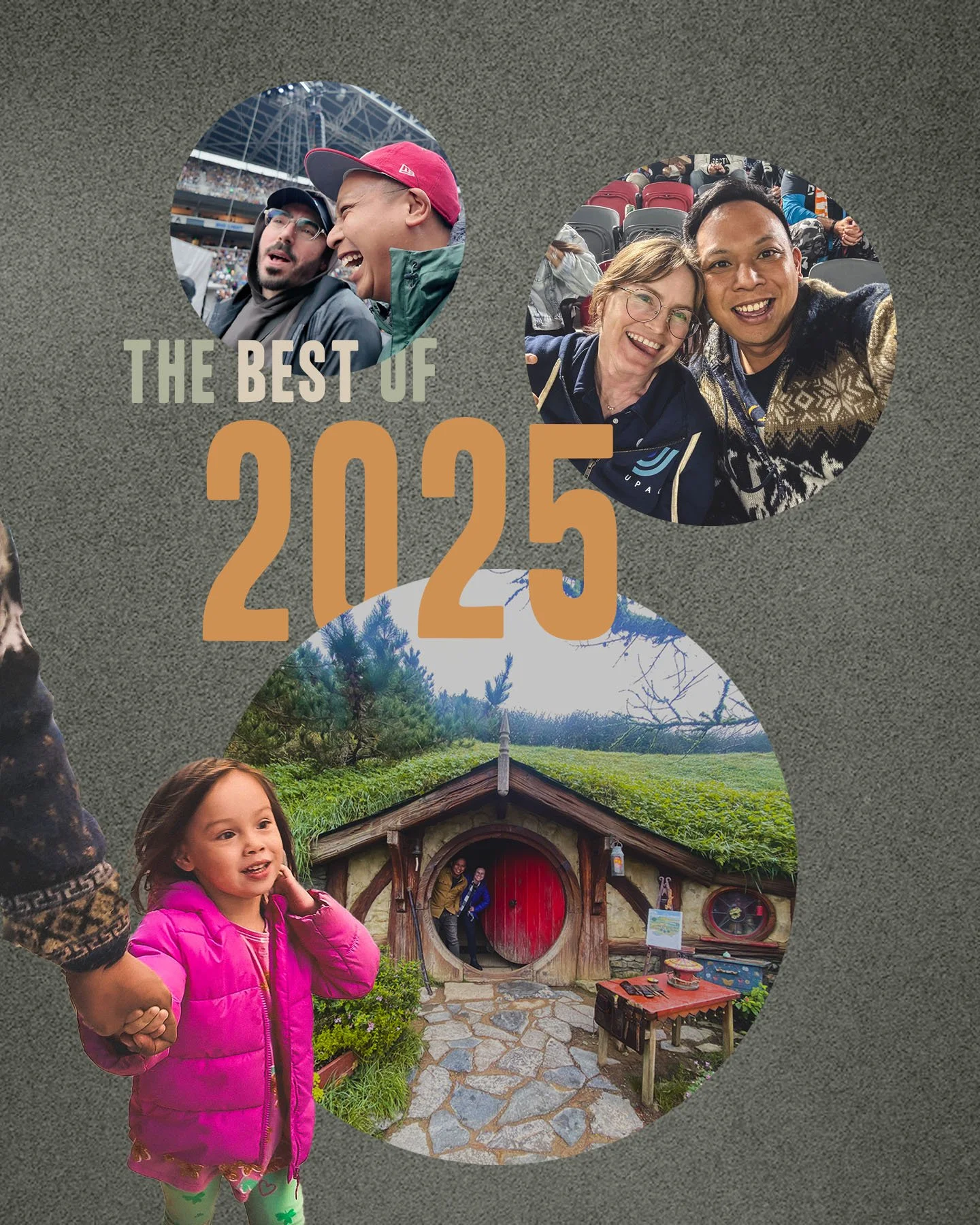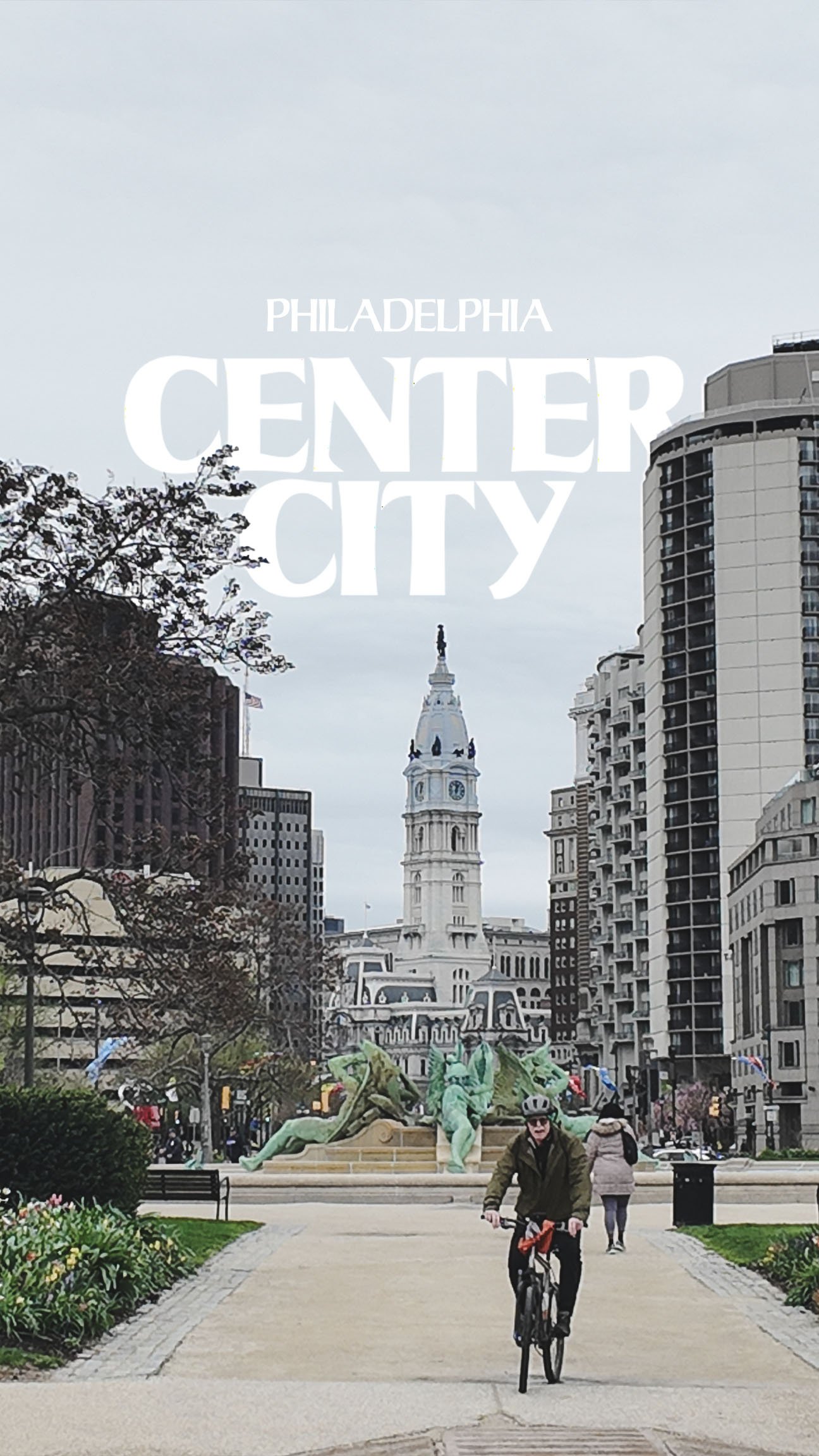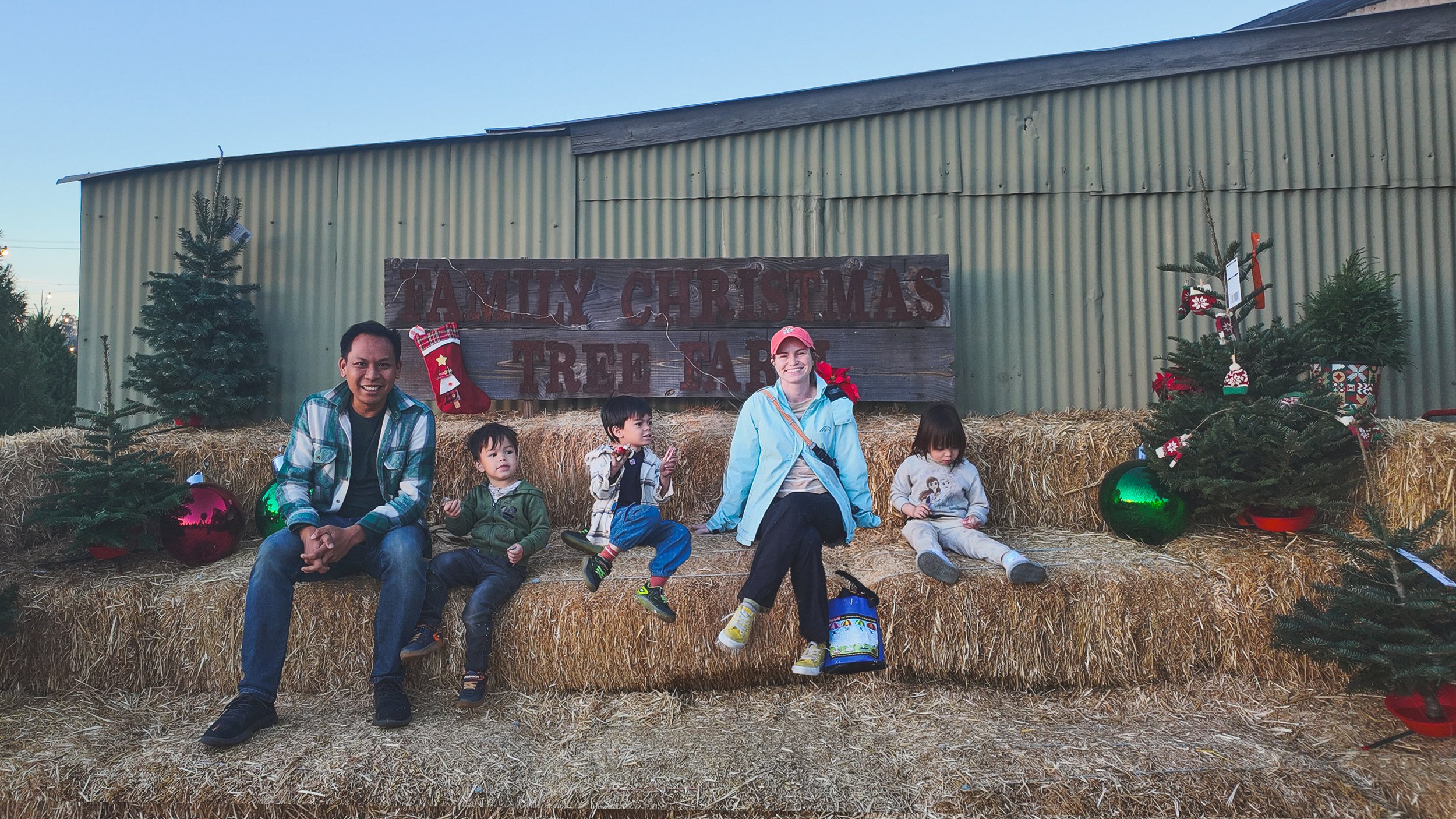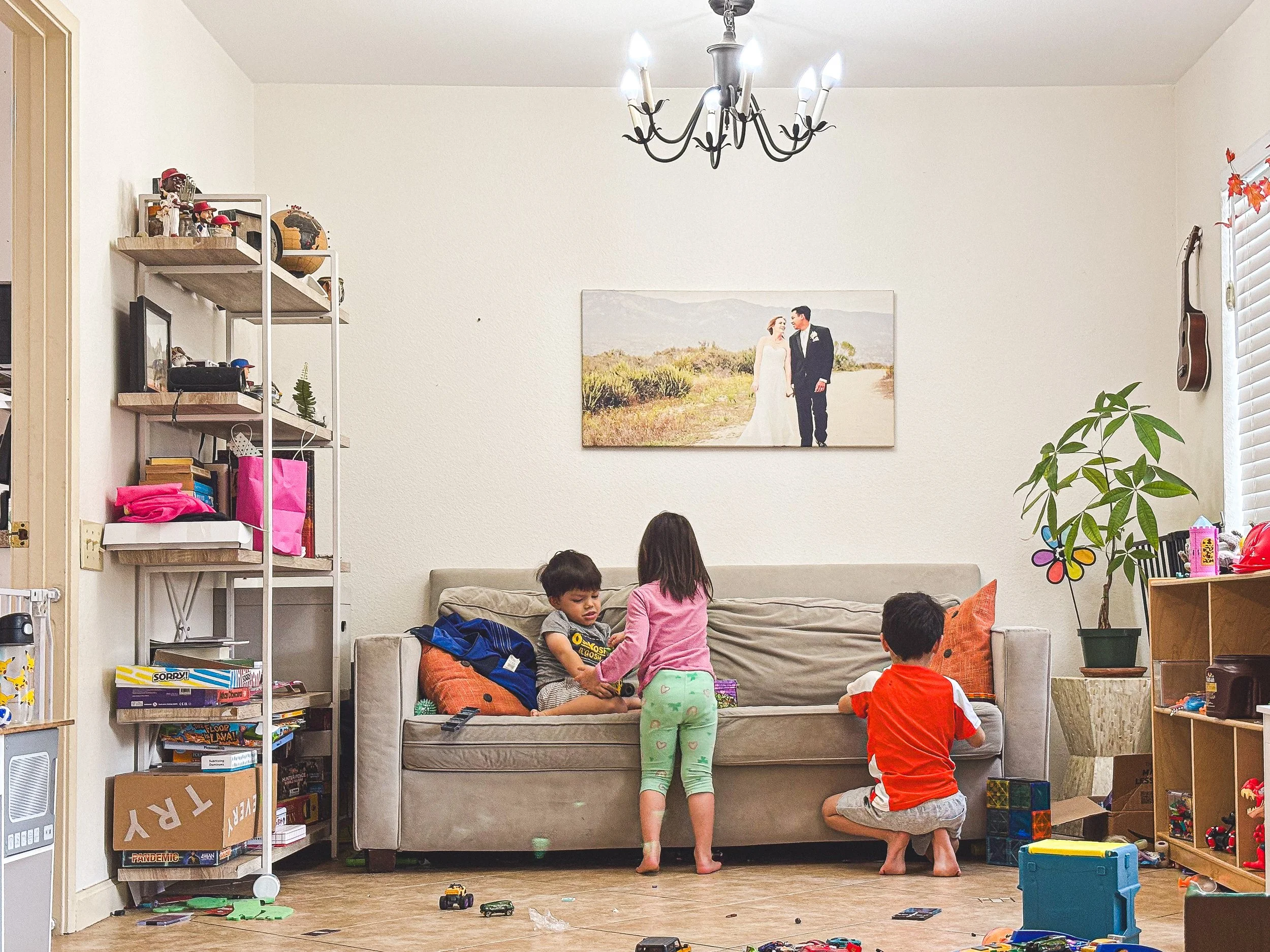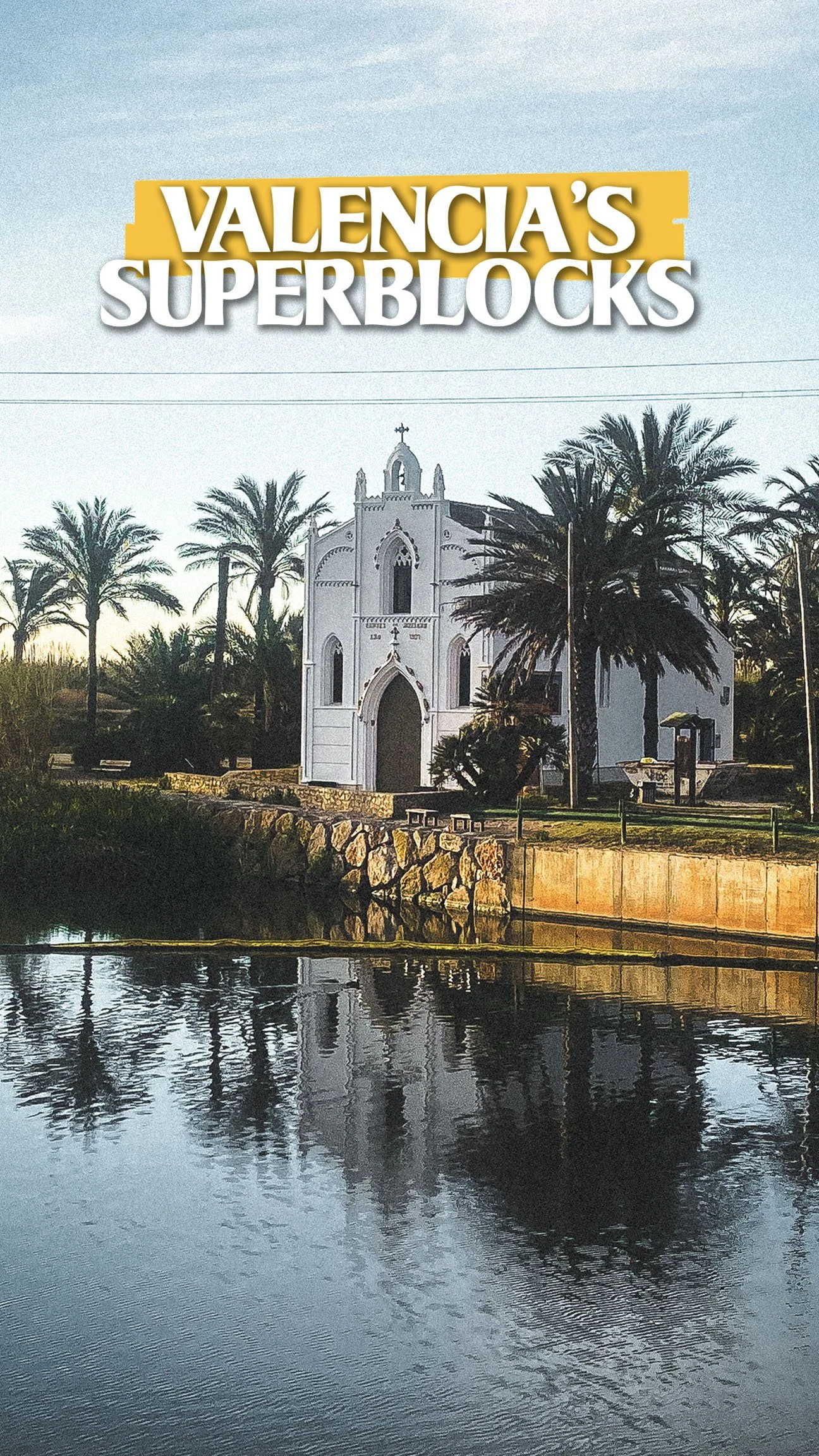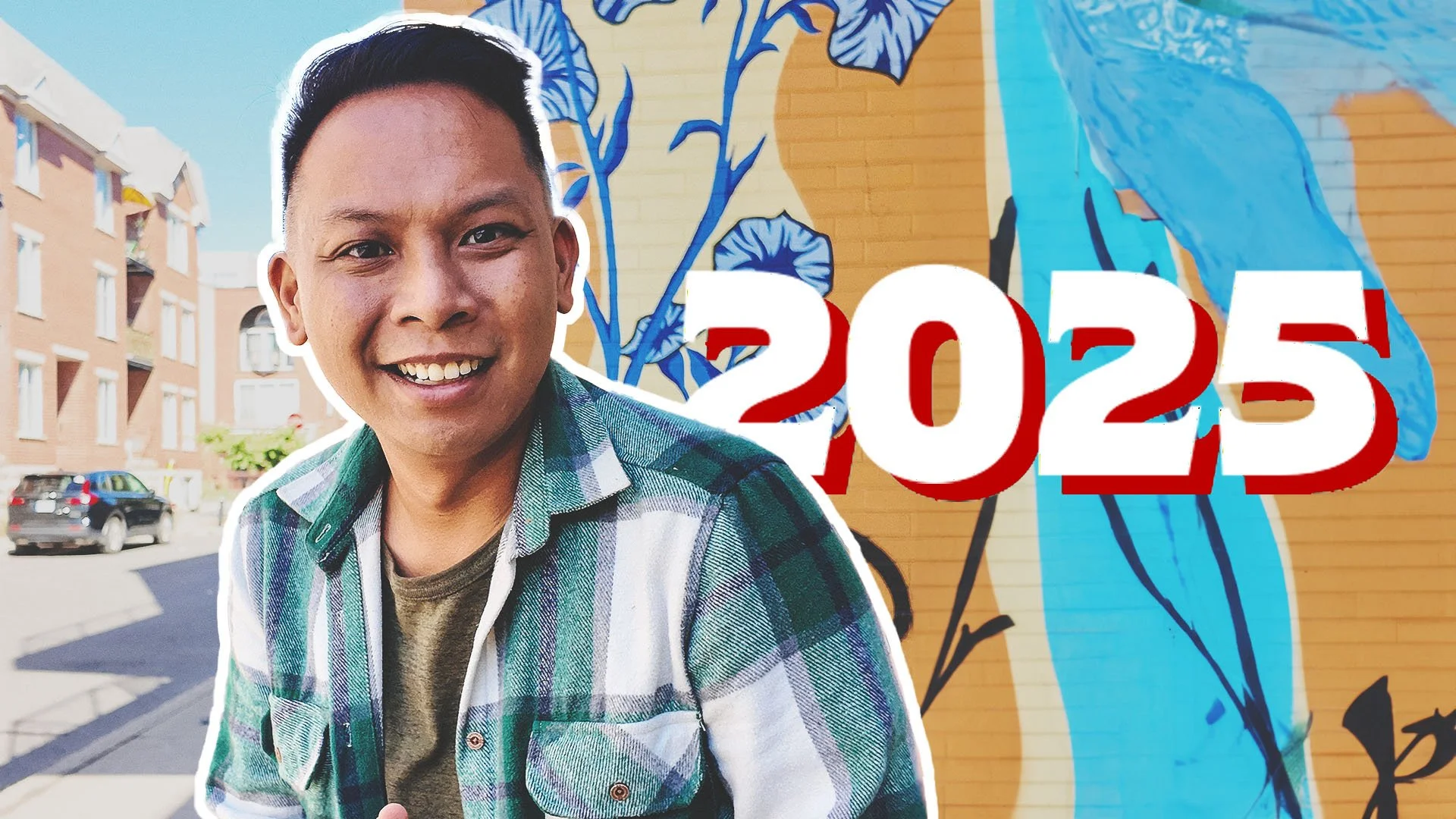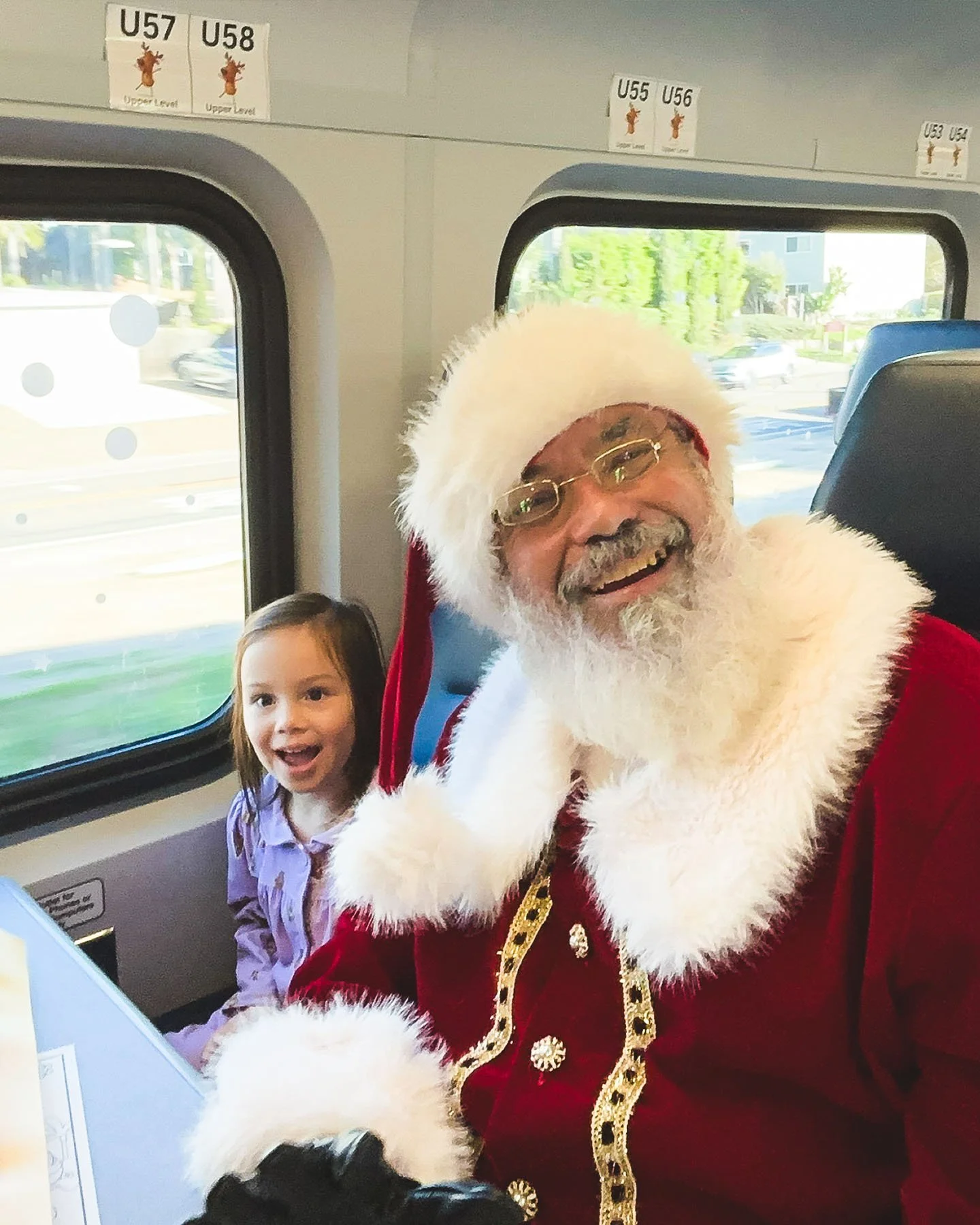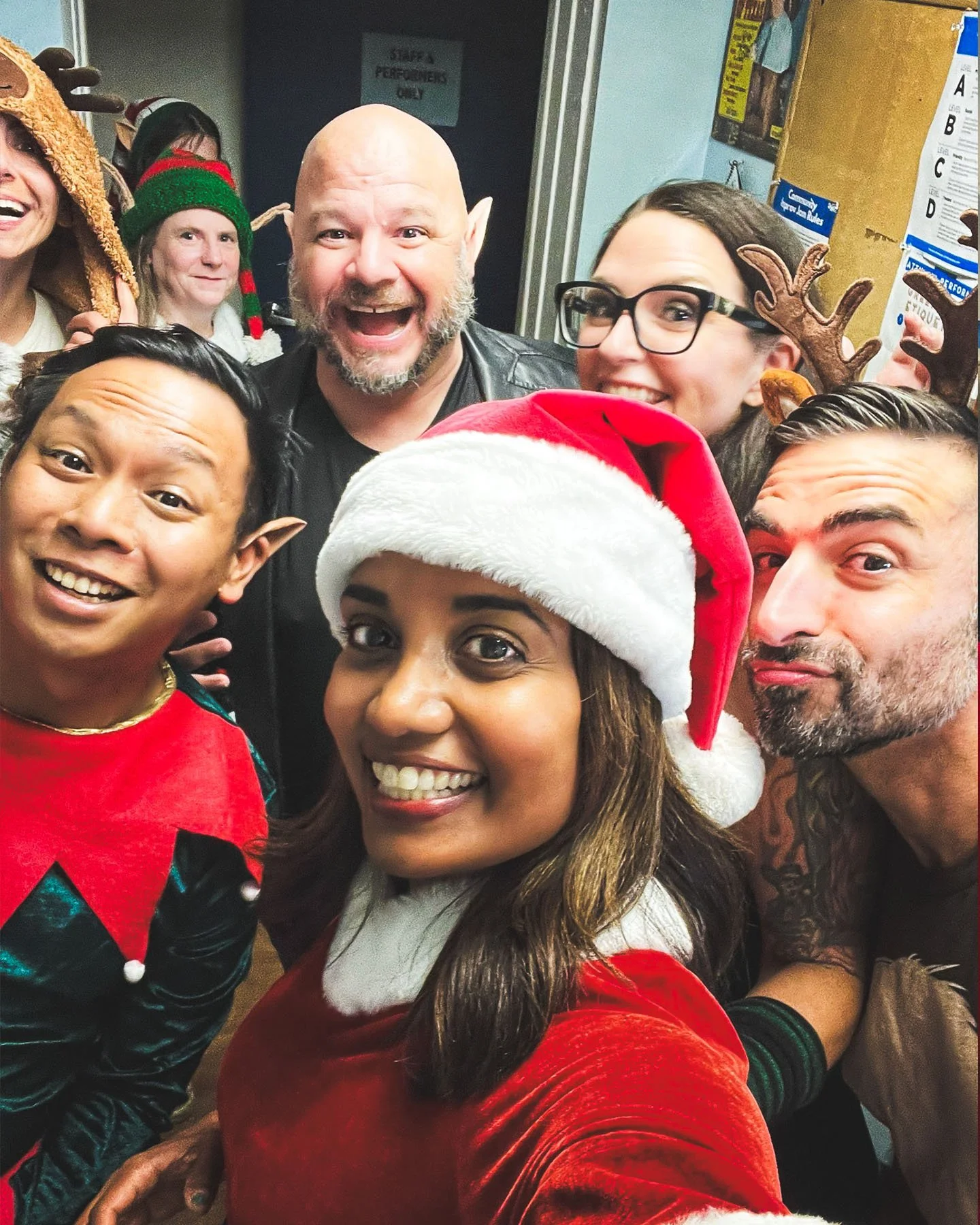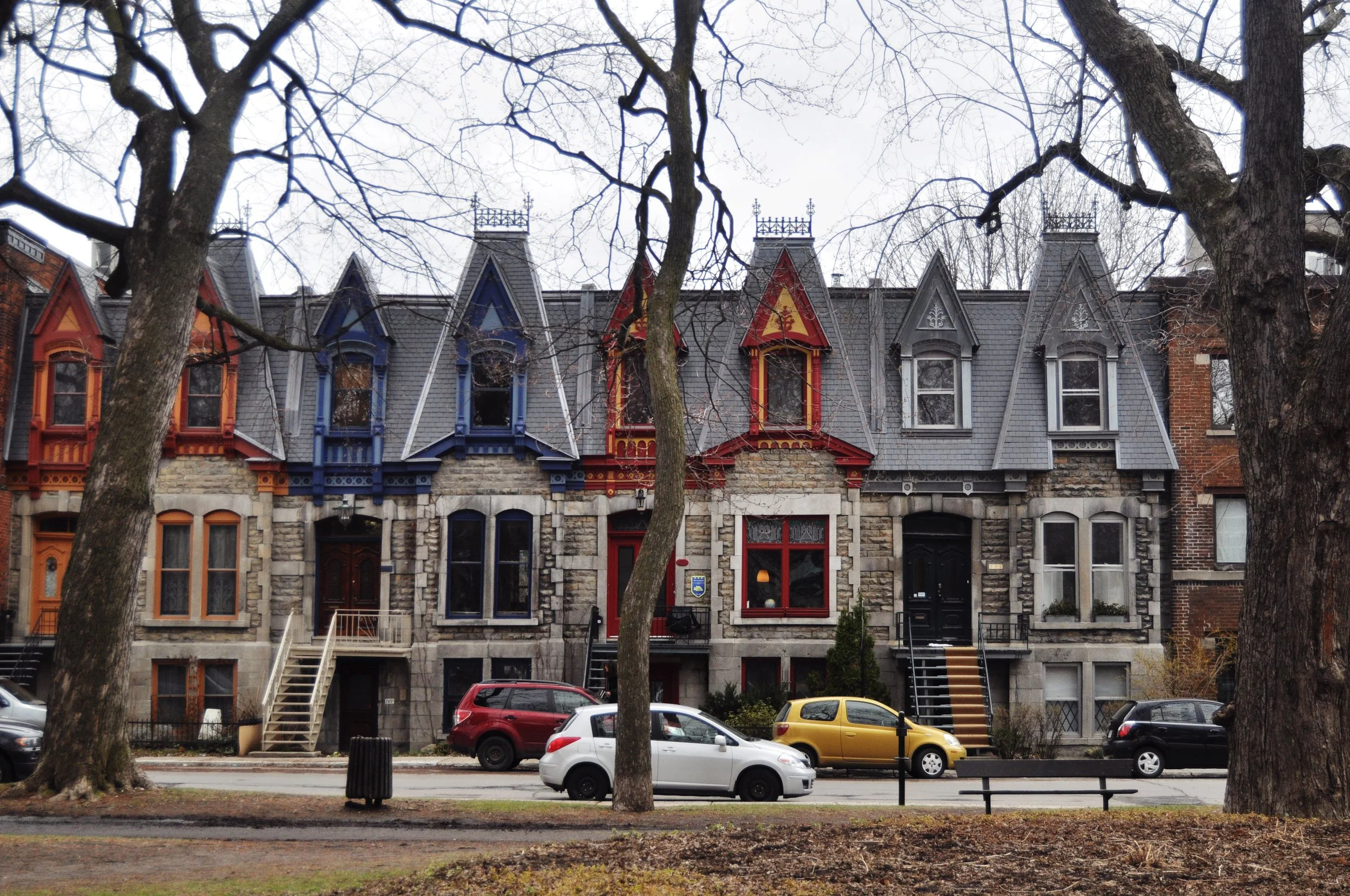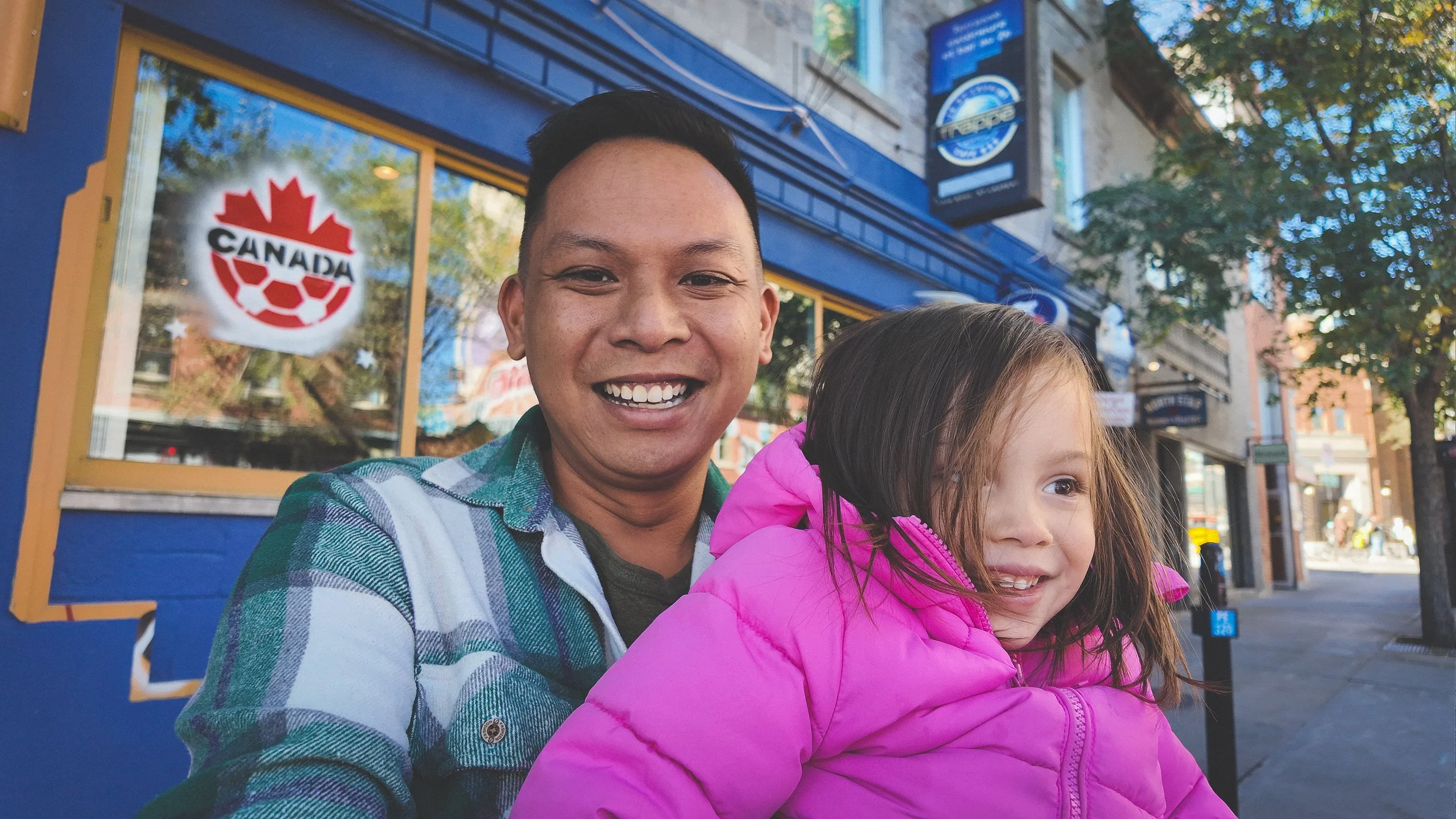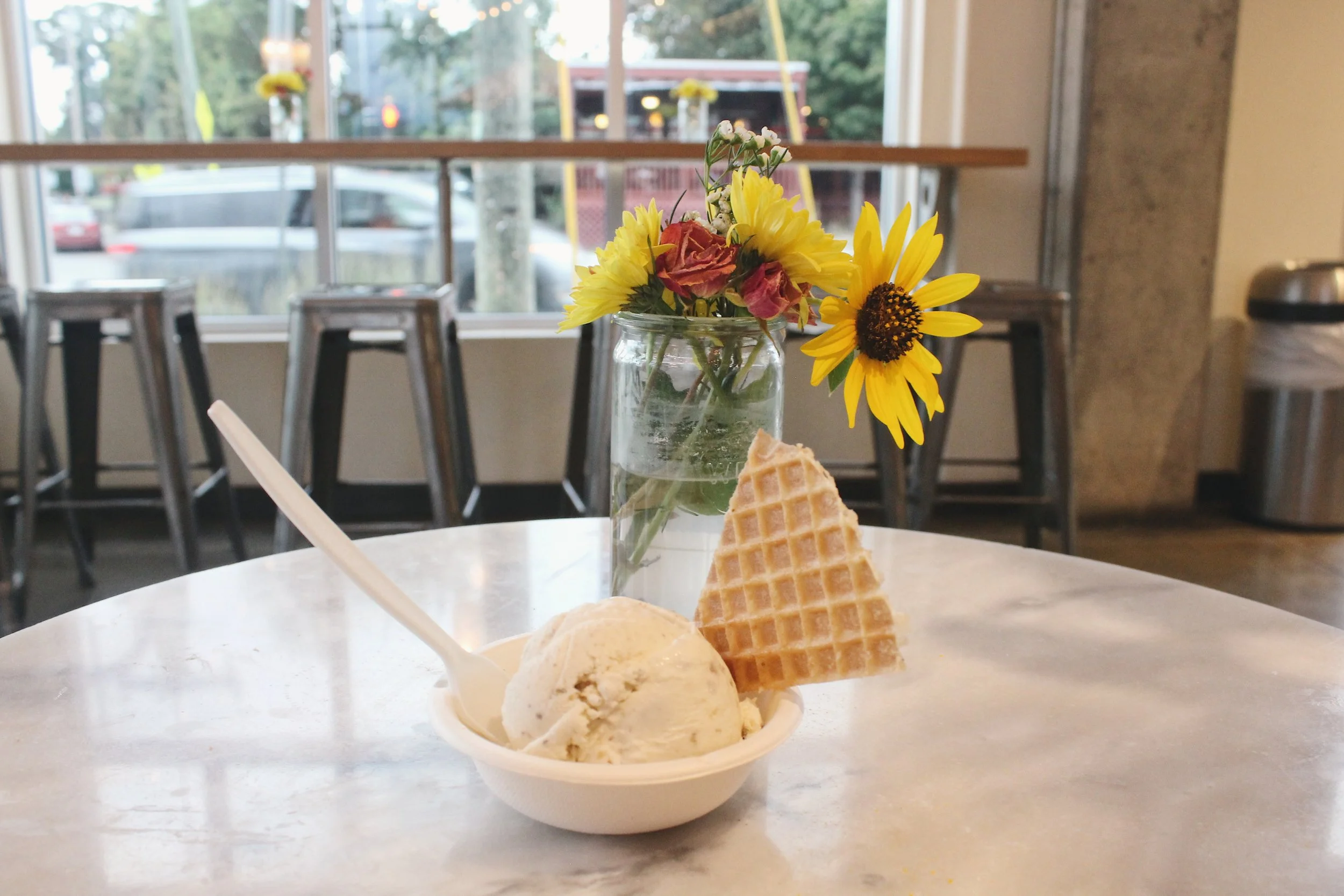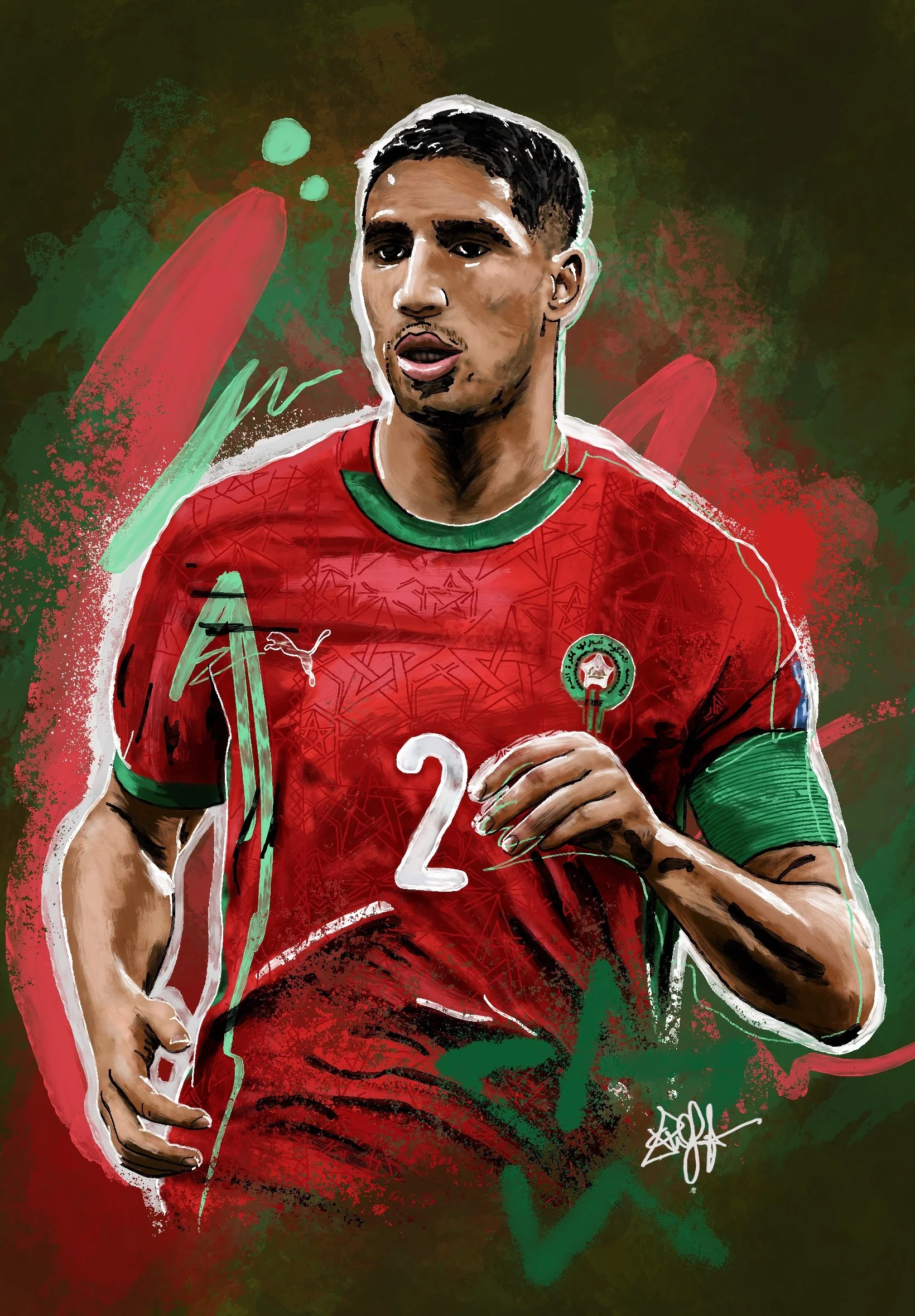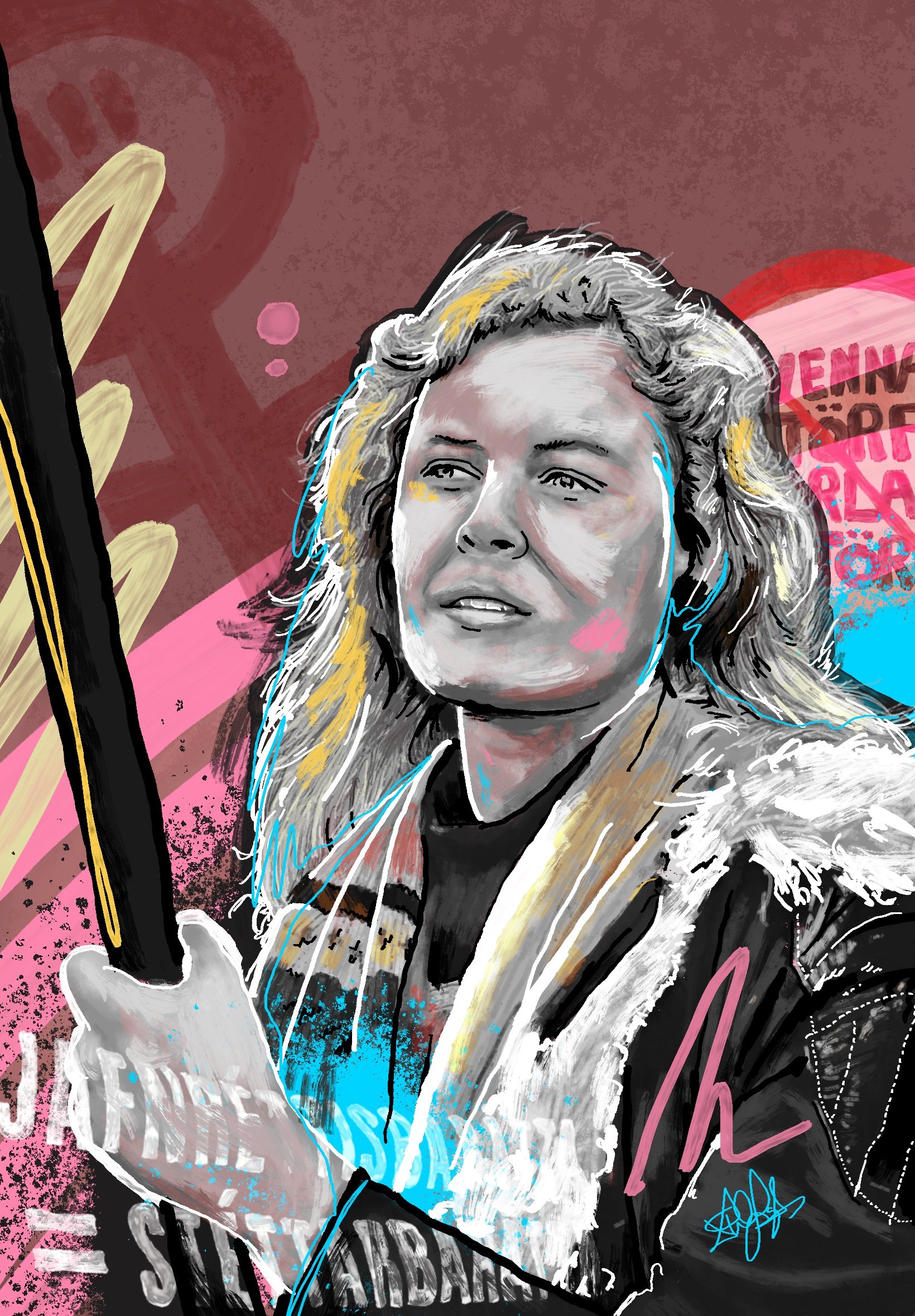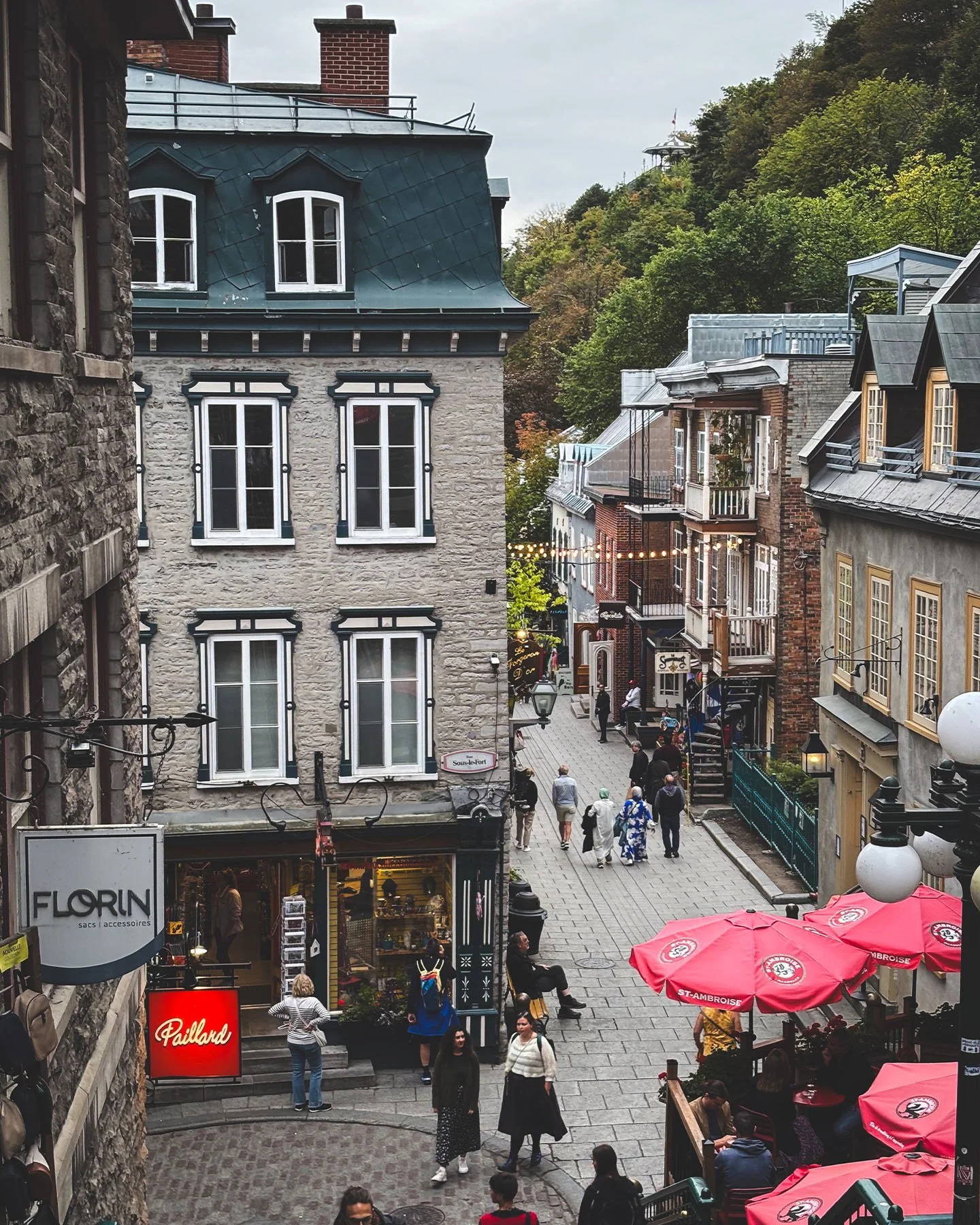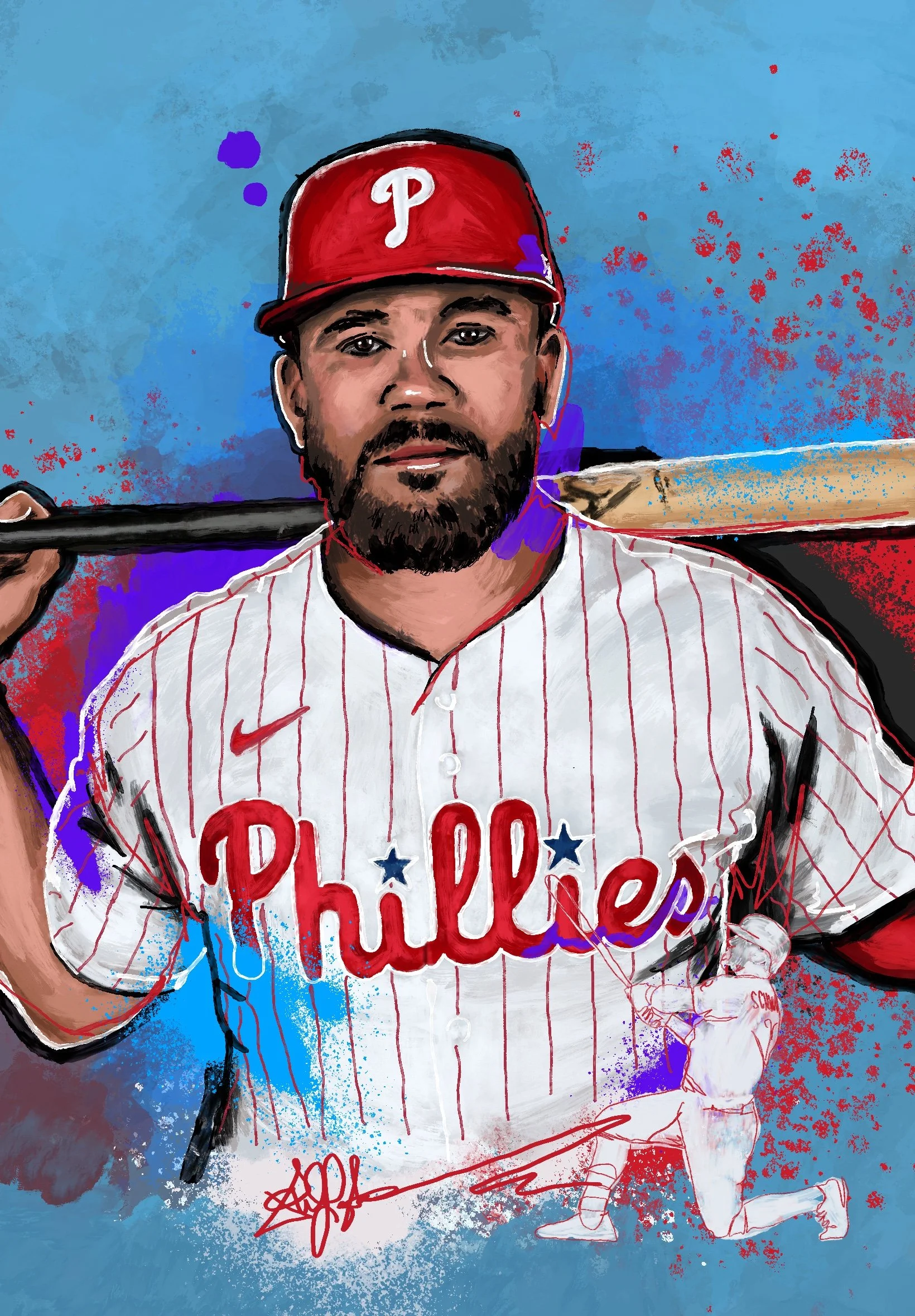A restaurant I heard highly recommended for this dish, but that I never got to try unfortunately was Zé Bota. It’s a staple!
11 Amêijoas à Bulhão Pato
Clams in garlic-olive oil-herb sauce. This is a good example of why Portugal is a dream for any fans of olive oil, garlic, and seafood working in combo. Light, briny, and utterly satisfying. It’s best found at seafood-heavy tascas and marisqueiras around Porto or nearby coastal towns.
You can find delicious Amêijoas à Bulhão Pato in Porto at seafood-focused spots like Ostras & Coisas, known for fresh seafood, and excellent traditional restaurants in nearby Matosinhos.
12 Polvo em Salmorejo
Another entry for octopus lovers. "Polvo em Salmorejo" is a dish pairing octopus with salmorejo, a traditional thick, cold tomato-based soup or cream from Southern Spain. Iberia’s love for octopus and seafood runs deep. Rustic, ocean-fresh, and deeply local.
I don’t have any Porto recommendations that are super specific to this dish but Treze Restaurante is praised for their octopus preparations in the Ribeira/Foz areas.
13 Port Wine
Portugal’s wine pride: sweet, rich, often fortified is perfect after a heavy meal like francesinha or cod dishes. It’s part of the culture and heritage.
Decent port is widely available, even in your most basic grocery stores. We were pretty happy with what Pingo Doce had to offer. But I might also suggest booking a wine tour around the Douro Valley for a deeper cut.
14 Bica
A Bica in Portugal is Portugal's beloved version of an espresso, known for being strong, short, smooth, and slightly less bitter than Italian espresso due to lighter roasts, often served in small demitasse cups and enjoyed quickly at the counter with a pastry like a pastel de nata. The name is actually an acronym for "Beba Isto Com Açúcar" (Drink This With Sugar), a nod to its rich flavor that can be enjoyed plain or sweetened.
There’s absolutely no shortage of spots around Porto for good Bica, but my personal favorite is Floresta Cafe right on Rue das Flores.



